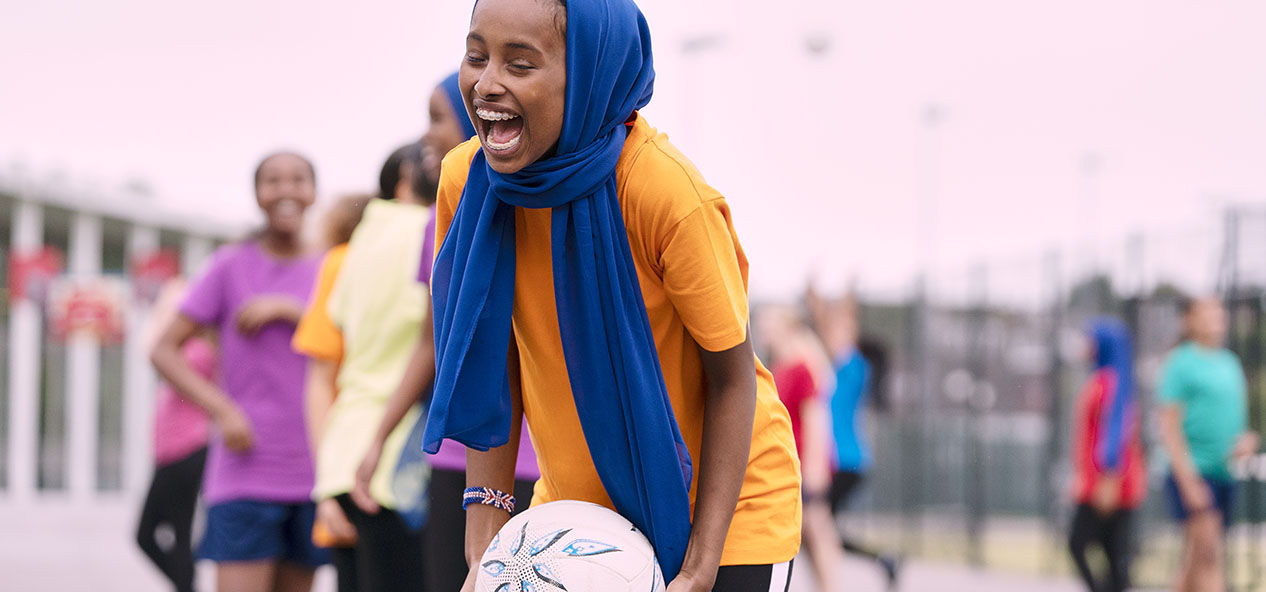Children and young people’s activity levels overall have recovered to pre-pandemic levels, with 47% of children meeting the Chief Medical Officers’ guidelines of taking part in an average of 60 minutes or more of sport and physical activity a day.
The figures, which we've published today, are an encouraging step in the right direction but also a reminder there is much more to do so that as many children as possible feel the benefits of being active.
Our Active Lives Children and Young People survey, which covers the 2021-22 academic year, shows that overall activity levels are up 2.6%, meaning there are 219,000 more active children compared to the previous academic year.
Activity levels are now back in line with the 2018-2019 academic year, the last full year before the pandemic.
While there are rises in both the numbers getting active outside school hours and during school hours, the in-school rise of 2.2% or just under 190,000 more children and young people taking part in an average of 30 minutes or more sport and physical activity a day, shows how hard schools worked to get sport and activity back in a safe and positive way after Covid-19.
Boys, whose activity levels were most impacted during the pandemic, have largely driven the recovery (50% of boys are now doing an average of 60 minutes a day compared to 45% of girls).
There are also some stats today which look at the types of activity that are growing for girls. For example, 100,000 more girls are playing football regularly compared to when we started the survey in 2017, and this is even before the massive visibility boost for the game during this year's UEFA European Women's Football Championship.
In another positive story for girls, the figures show that secondary-aged girls are now more active than at any point since the survey began in the 2017-18 academic year, aided in part by our investments including Studio You, free video-based PE lessons for girls aged 13-16 powered by the This Girl Can campaign.
Alongside the growth in the number of active children, the number of less active children, those doing less than 30 minutes of physical activity a day, has decreased by 143,000 (2.3%).
However, there is an increase in the number of children and young people doing no activity at all in the previous seven days, up by a quarter of a million (3.3%) since pre-pandemic.
Interestingly, the recovery is not universal with primary-aged children, specifically those in School Years 3-4 (ages 7-9) and Black boys of primary ages not yet back at pre-pandemic levels.
Those from low affluence families are still less likely to be active than those from high affluence (42% compared to 52%) and children and young people going to school in the most deprived places in the country have not seen activity recover to pre-pandemic levels. They are also less likely to say they have positive attitudes towards sport and physical activity, and they have lower wellbeing scores.
There are signs that certain interventions make a big difference. For example, the 12 locations around the country called the ‘Local Delivery Pilots’ that we've been investing in since 2017 to test and learn how to promote physical activity at a local level with a range of partners – many of which are in the most deprived places – have seen activity levels rise to 3.6% above pre-pandemic level.


